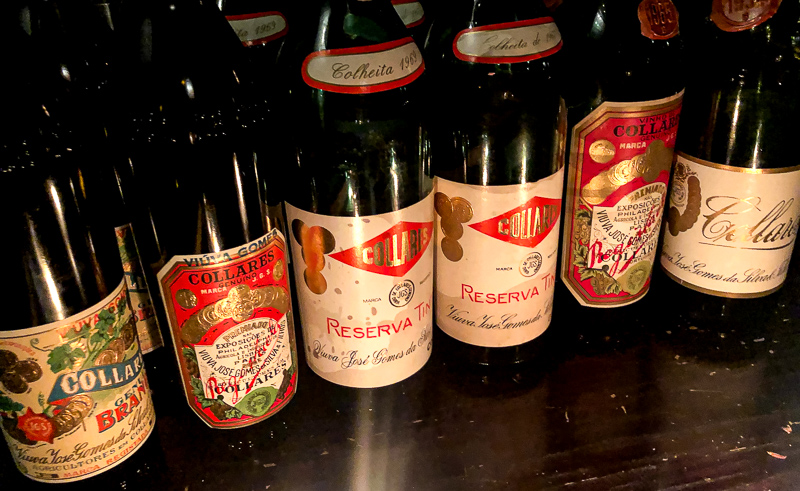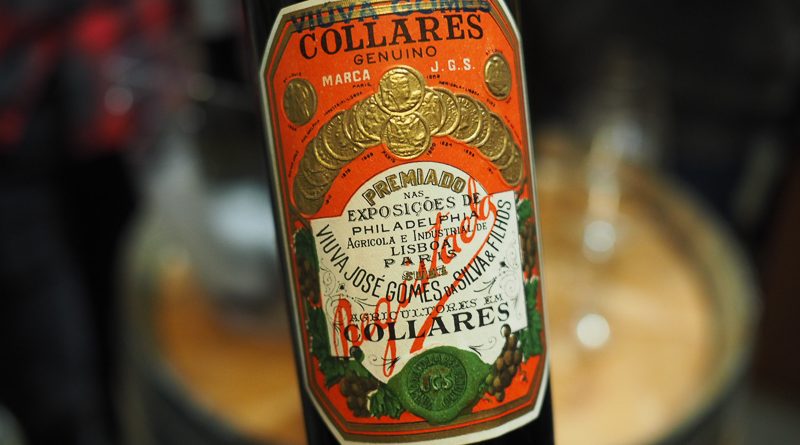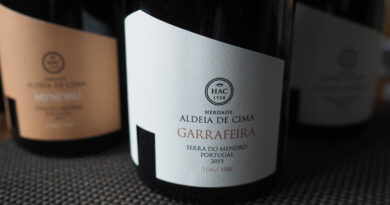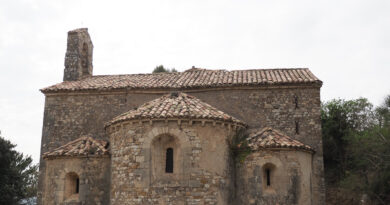Viúva Gomes: the future of Colares, one of Portugal’s historic wine regions
Colares is one of the historic wine regions in Portugal. It’s one that you learn about in wine textbooks. But you rarely get to see or taste the wines from this region, which has been heading for extinction for some time.
This is the region where the vines are grown in deep sand, and because of the soils, phylloxera isn’t a problem, so they are ungrafted. And this is why the region became well known: its heyday was when everyone else was forced to replant because the root-munching aphid phylloxera had struck, and there was a shortage of wine. ‘When there was no wine elsewhere, Colares had its whole production,’ explains Diogo Baeta of Viúva Gomes, one of the few producers left operating in the region. ‘At the time, no one knew why.’
The soils here are very sandy. Baeta explains that to plant the vines, you have to dig deep into the sand, to get to the clay/limestone soils you want to plant in (while some of the soils here are just sandy, other sites have clay/limestone that’s very desirable, under the sand). He’s seen people going down into pits with baskets on their heads: these would provide some valuable breathing time if the sand should collapse on them.

Like any DOC, there are rules. Colares DOC. Whites must be Malvasia of Colares, while reds have to be 80% Ramisco (Viúva Gomes only use 100% Ramisco). ‘Malvasia of Colares is not just another Malvasia,’ says Baeta. ‘It has been here since the Roman times, and is a cross that was made in Colares.’
Baeta is general manager of Viúva Gomes, which is a family business that started in 1898, with food and wine as its focus. They left the food side when the big supermarket chains arrived and now just do wine. They buy grapes from local farmers, and have also begun planting vineyards. They had the first production from their vines in 2019.
This is the most westerly wine region in Europe, 30 minutes from Lisbon. It’s a popular holiday location. And it’s also endangered. At its peak, it had over 1000 hectares of vineyards. Now they are down to 20 hectares, and the average vine age is 70. Yields are a low 3-3.5 tons/hectare. There are no trellises here: the vines are gobelet planted and the canopy trails along the ground.
After Portugal joined the EU, vineyard owners here were paid to uproot vines, as they were elsewhere in the country. The problem in Colares was that this land was also valuable for development, even though it is zoned for agriculture. ‘No one is allowed to build in the area,’ says Baeta, ‘but a guy with money buys land cheap and two years later it is built on.’
For 60 years, from 1934-1994, the law stipulated that all Colares wine must be made by the coop. Most still is. And almost all the grapes all go to the coop, says Baeta: they buy some from them. Their older wines are made by the coop, and Viúva Gomes have bought, bottled and aged them. They have a second brand, too, called Pirata, which represents wines that were grown in non-sandy soils.

THE WINES
Pirata da Viúva Branco 2018 Colares, Portugal
Stainless steel ferment then aged in French oak. 11.5% alcohol, 9.5 g/l acid (high) and bottles with fine lees. Cloudy and acidic with salt, nuts and wax and some herbs. Lemon and pineapple notes, too. Lovely wine. 92/100
Viúva Gomes Colares Branco 2017 Portugal
Fermented in stainless steel with no temperature control, inoculated with cultured yeasts, then aged in French oak. Linear and textural. Quite mineral with concentrated lemony fruit and a saline, mineral character. Lovely stony edge: precise and long with great precision and length. Superb, but the oak is a little intrusive. 92/100
Pirata da Viúva Tinto 2018 Colares, Portugal
10.5% alcohol, no wood. 100% whole bunch Castelão is the variety here and this is fresh and supple with elegant red fruits and some pepper notes. Lovely crunch here. Very drinkable with honesty and a grippy finish. 93/100
Viúva Gomes Colares Tinto 2010 Portugal
Vivid, bright and juicy with lovely primary redcurrant and raspberry fruit, as well as a touch of sour cherry. Nicely mineral with good structure and acidity. Focused. 93/100
Viúva Gomes Colares Tinto 2011 Portugal
Ramisco. Two years in French oak and five years in Mahogany. Taut, waxy, supple and stony. Appealing red fruits with some juiciness. Vivid and bright, showing good elegance as well as structure. 93/100
Viúva Gomes Colares Tinto 1967 Portugal
Savoury and intense with some malty, spicy notes and some leather. Spicy and grippy, showing nice freshness, and still has lots of cherry and raspberry fruit. Really complex and taut. Fine, spicy and precise with earth and compost hints. Amazing. 94/100
Viúva Gomes Colares Tinto 1969 Portugal
So refined and elegant with taut redcurrant and cherry fruit, some spices and also some earthy hints. For its age, this is very pure with elegance and still-firm tannins, as well as keen acidity. Lively grip. So fine. 96/100
Viúva Gomes Colares Tinto 1965 Portugal
Concentrated and quite dense with rich black fruits. Unfurled, with tight-knit earth and spice characters, and hints of baked apple. Some black cherry appears, and also tar, spices and herbs. A rich style, satisfying and dense. 94/100
Viúva Gomes Colares Tinto 1934 Portugal
Very fresh and linear, and still so youthful. Not deviant at all, with redcurrant and red cherry notes. It’s floral and saline too, showing great precision. Still has some tannic grip and really good acidity. Linear and pure. 96/100
UK agent: Keeling Andrew
Find these wines with wine-searcher.com




